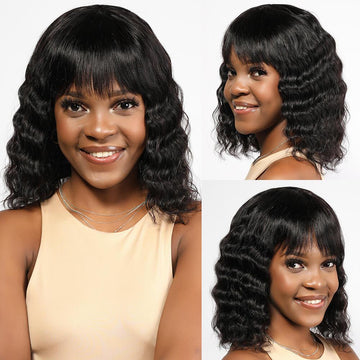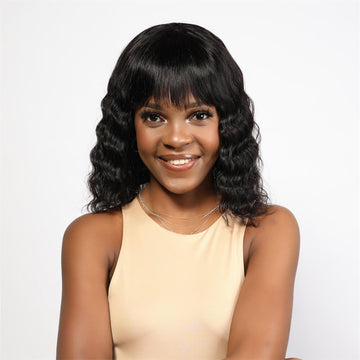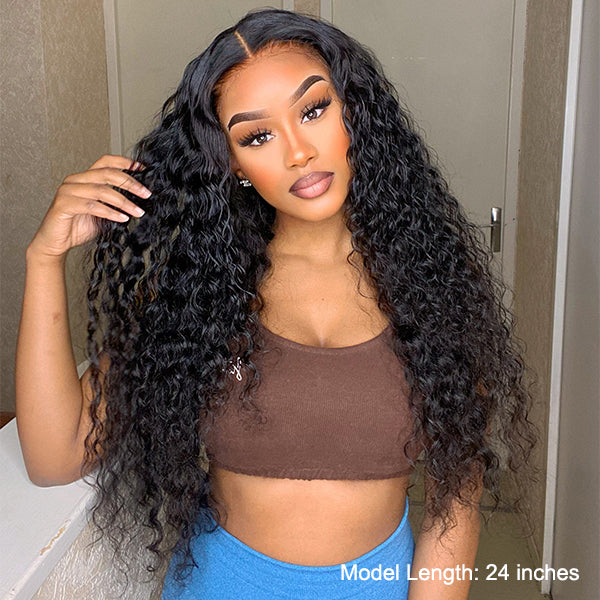The History of Black Women’s Hair

The History of Black Women's hair tells a story of spiritual connection, survival, resistance and celebration
From kinky coils to clean braids, the world can’t seem to stop talking about Black hair. The conversation goes way back, with hair playing a huge role in the history of Black people in North America. From using hair during the colonial period’s slave trade to braiding for spiritual importance, braids have a very interesting history.
What should we know about the history of Black Women’s Hair?
The history of black women’s hair isn't just about a certain period of time but about survival, resistance, and celebration throughout decades. Besides the cool, unique styles that exist today, it's important to know how these styles came to be and the important role they played in African American history.
Braids Used as Communication
Ever since the beginning of African civilizations, hairstyles have played a major role in conveying messages to greater society, whether it be of societal status, marital status, age, religion, geographic origin, or even health status. For example, in the Himba tribe, dreadlocks worn by a woman would mean she was going through puberty, and if her dreadlocks were tied at the back of her head, it meant she was looking for a husband

Hairstyle as a sign of cultural and spiritual symbol in ancient Africa
In some tribes, one’s hairstyle was the perfect sign to identify a person’s marital status, age, religion, wealth, and rank in society. It was considered the most elevated part of the body that worked as a connection with the divine. For instance, in Yoruba culture, the braid was considered to be a medium to send messages to the gods.
Transatlantic slave trade and the challenges to maintaining hair
Nearly 12 million African men, women, and children were forcefully enslaved before the 19th century, and the first thing their enslavers would do to them was shave off their hair. It was a dehumanizing act intended to strip away their connection to their culture. From there, haircare was difficult – slaves didn’t have access to the herbal treatments, oils, and combs that were used before. Instead, they had to make use of the few resources they could access. Some slaves used bacon grease, butter, and even kerosene to treat their hair, and used cornmeal as a dry shampoo.

Hair texture as a determiner of value
Hair texture used to play a vital role in deciding the value of a slave. Slaves with coily hair and dark skin were considered “unattractive and inferior” while slaves with lighter skin and straighter hair would secure more desirable positions in a house. This would lead to many slaves risking their lives to straighten their hair using hot butter knives or chemicals.

Hair used to escape slavery
Despite the slave owners’ best efforts to control black women and their hair, slaves would use their braiding techniques to communicate secret escape plans and maps. For example, one style, called departes, would signal that they wanted to escape – this style had thick, tight braids with buns at the top. Other styles would be used to represent roads used to escape, or even be used to store seeds and gold that would help them survive.

Laws to force black women to cover their hair during the 18th century
During the 18th century, black women wearing their natural hair started to be seen as an offensive threat to the status quo. Fast forward to 1786, the governor of Louisiana imposed the Tignon Law which forced black women to wear a tignon (a scarf or wrap) over their hair. This was a demeaning law to signify that they were slaves. Even with tignons, black women looked beautiful as they started to wear colorful fabrics adorned with jewels to express their rebellious attitude while still following the laws.

Hairstyle as a symbol of self-empowerment
Things didn’t change much for black women even during the turbulent era following the Civil War. The Black Power movement of the 1960s and 1970s was all about changing the Black community’s self-realization and influence on society. That’s when it became popular to use their natural Afro as a statement of power, pride, and resistance. The goal was simple — no more hair straightening as it reflected a history of forced assimilation. Some of the most iconic black activists like Angela Davis, Toni Morrison, and Nina Simone rebelliously rocked their natural hair.

Standing against racism
The History of Black Women’s Hair has always revolved around their pride, culture, and identity. The discrimination that black women with natural hair have endured throughout history has been diabolical. Even today, there’s still a struggle to be accepted, especially in professional and academic environments, where natural hair has been looked down upon. However, times are changing and a global conversation is being had about acceptance and equality.

FAQ
Question: Why is hair so important in black culture?
Answer: Hair is considered an important aspect of black culture as it has significant cultural, social, and historical value. It is seen as a representation of identity, creativity, and self-expression, and can convey one's individuality, community affiliation, and personal beliefs. Black hair has also been a site of political and social struggle, particularly in the context of Eurocentric beauty standards and the historical legacy of discrimination and marginalization. Therefore, for black individuals and communities, hair is much more than just a physical feature, but is a source of pride, empowerment, and resistance.
Question: What was the first Black hairstyle?
Answer: It is difficult to determine the first Black hairstyle as it dates back thousands of years. However, in ancient Egypt, hairstyles were symbolic and varied based on social status, gender, and age. Women wore braids, wigs, and head wraps, while men had short hair or shaved heads. Dreadlocks were also a popular hairstyle among various African cultures, and they were a symbol of spirituality and rebellion during the era of slavery.
Question: What is the significance of the Afro hairstyle in the 1960s and 1970s?
Answer: The Afro hairstyle was significant during the 1960s and 1970s as a symbol of Black pride and empowerment. It represented a rejection of Eurocentric beauty standards and the celebration of natural Black beauty. The Afro was a political and social statement, a way for Black people to embrace their heritage and push back against discrimination and marginalization.





















